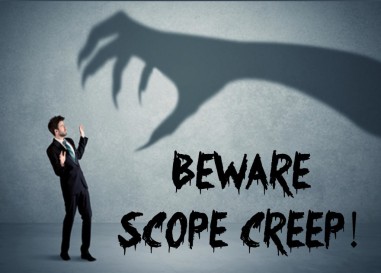 For this week, my task is to describe a project, either personal or professional, that experienced issues related to scope creep. Before doing this, I want to define a few elements. First, “a project is defined as a unique endeavor with a defined beginning and end. As such, it must have a project scope, that is, a well-defined list of tasks that are part of the project. Project scope is the fence that defines the boundaries of the project (Roseke, 2017).” Scope creep is defined as “the natural tendency of the client, as well as project team members, to try to improve the projects output as the project progresses” (Portny, Mantel, Meredith, Shafer, & Sutton, 2008). Further, scope creep occurs when additional components, features, or functions of a new product, requirements, or work are added to the project’s scope there were not originally authorized (Larson & Larson, 2009).
For this week, my task is to describe a project, either personal or professional, that experienced issues related to scope creep. Before doing this, I want to define a few elements. First, “a project is defined as a unique endeavor with a defined beginning and end. As such, it must have a project scope, that is, a well-defined list of tasks that are part of the project. Project scope is the fence that defines the boundaries of the project (Roseke, 2017).” Scope creep is defined as “the natural tendency of the client, as well as project team members, to try to improve the projects output as the project progresses” (Portny, Mantel, Meredith, Shafer, & Sutton, 2008). Further, scope creep occurs when additional components, features, or functions of a new product, requirements, or work are added to the project’s scope there were not originally authorized (Larson & Larson, 2009).
I have taken on few projects in my time. One project that comes to mind in terms of scope creep is a course revision project that I was involved in many years ago. For this project, I was tasked with revising an undergraduate Health Information Management course. Since I have a bachelor’s degree in Health Information Management I was asked to be the team lead on this project. Although, I was not officially named as such, as the leader of the team I guess one might consider me to be the project lead or project manager. I worked with five other individuals to develop the learning resources, syllabus, course assignments, and tests.
Scope Creep Issues 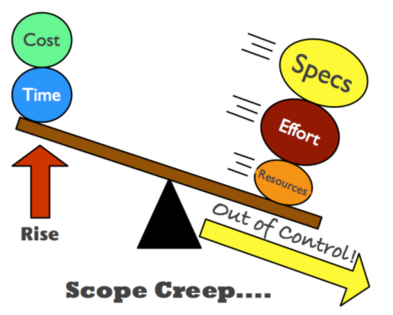
What was interesting about this process was that I saw nothing wrong with the way that we were doing things initially, hindsight is always 20/20. First, we did not complete a project schedule, so there was not a specified timeline for specific tasks. We were only informed of the due date. In our case, the ID was not brought into the fold until we had completed all the work on our end was completed. I have since learned that the ID should be involved from the start.
As the revisions proceeded, the project began to demand more and more of my time. This is the point that scope creep began to rear its ugly head. Scope creep was sneaking it to the process even though I did not realize that scope creep was the issue at the time. What I did know was that multiple requests for change were made and I did not know how to say “no” to the requests. I felt an overwhelming pressure to perform and that this process be successful. However, the more we worked on the revision, the more the scope increased. Each revision we submitted for approval required additional work. Suggestions were also made for us to add more content and rigor to the assessments. Once we completed the revisions and met the ID, we were met with addition delays because some of the revisions that we made we unable to be implemented due system limitations that we were not aware of. This forced the team to make additional modifications to fit the system requirements. If the ID was brought in sooner, many of the delays could have been avoided.
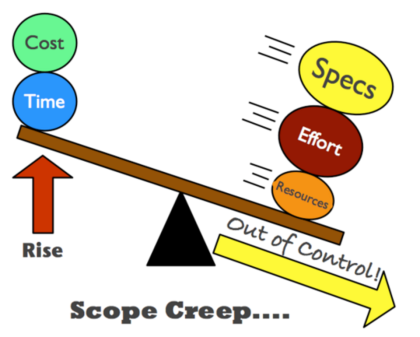
Controlling the Scope
If I knew then what I know now, the revision process could have gone a lot smoother. With what I know now I could have better managed the project by completing the steps listed under the role of PM. There are five primary underlying causes of scope creep (Roseke, 2017):
- Poor Requirements Analysis and/or definition
- Poorly documented scope
- Poor communication between stakeholders
- Underestimating the Complexity of the Project Underestimating project work or complexity
- External factors
Four of these five (highlighted in blue font) were issues for my team. There two lessons that I learned from this project. The first is to know when to say no. For a project to be successful changes should be made sparingly. The second lesson is to have a good understanding of the requirements and expectations from the very beginning.
References
Larson, R. & Larson, E. (2009). Top five causes of scope creep … and what to do about them. Paper presented at PMI® Global Congress 2009—North America, Orlando, FL. Newtown Square, PA: Project Management Institute.
Portny, S. E., Mantel, S. J., Meredith, J. R., Shafer, S. M., & Sutton, M. M. (2008). Project management: Planning, scheduling, and controlling projects. Hoboken, NJ: John Wiley & Sons, Inc.
Roseke, B. (2017). How to Prevent Scope Creep. Retrieved from http://www.projectengineer.net/how-to-prevent-scope-creep/

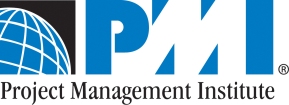

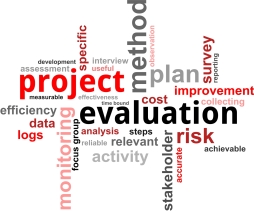 10). As a former program evaluator, I put on my evaluation hat and thought to myself that this post mortem analysis seems familiar. Further, I thought this is seemed to be very much like a form of programmatic evaluation. Reading more about this form of analysis I found that it is indeed also called a post-project evaluation (Portny et al., 2008). Ah ha!
10). As a former program evaluator, I put on my evaluation hat and thought to myself that this post mortem analysis seems familiar. Further, I thought this is seemed to be very much like a form of programmatic evaluation. Reading more about this form of analysis I found that it is indeed also called a post-project evaluation (Portny et al., 2008). Ah ha! implementation date. Everyone actively participated in the meetings and shared many ideas. I began drafting the workbook and several assignments. Each time I would submit these assignments for review I would not get any positive feedback. In fact, what I received would be additional ideas and suggestions for something completely different than what I submitted for review.
implementation date. Everyone actively participated in the meetings and shared many ideas. I began drafting the workbook and several assignments. Each time I would submit these assignments for review I would not get any positive feedback. In fact, what I received would be additional ideas and suggestions for something completely different than what I submitted for review.